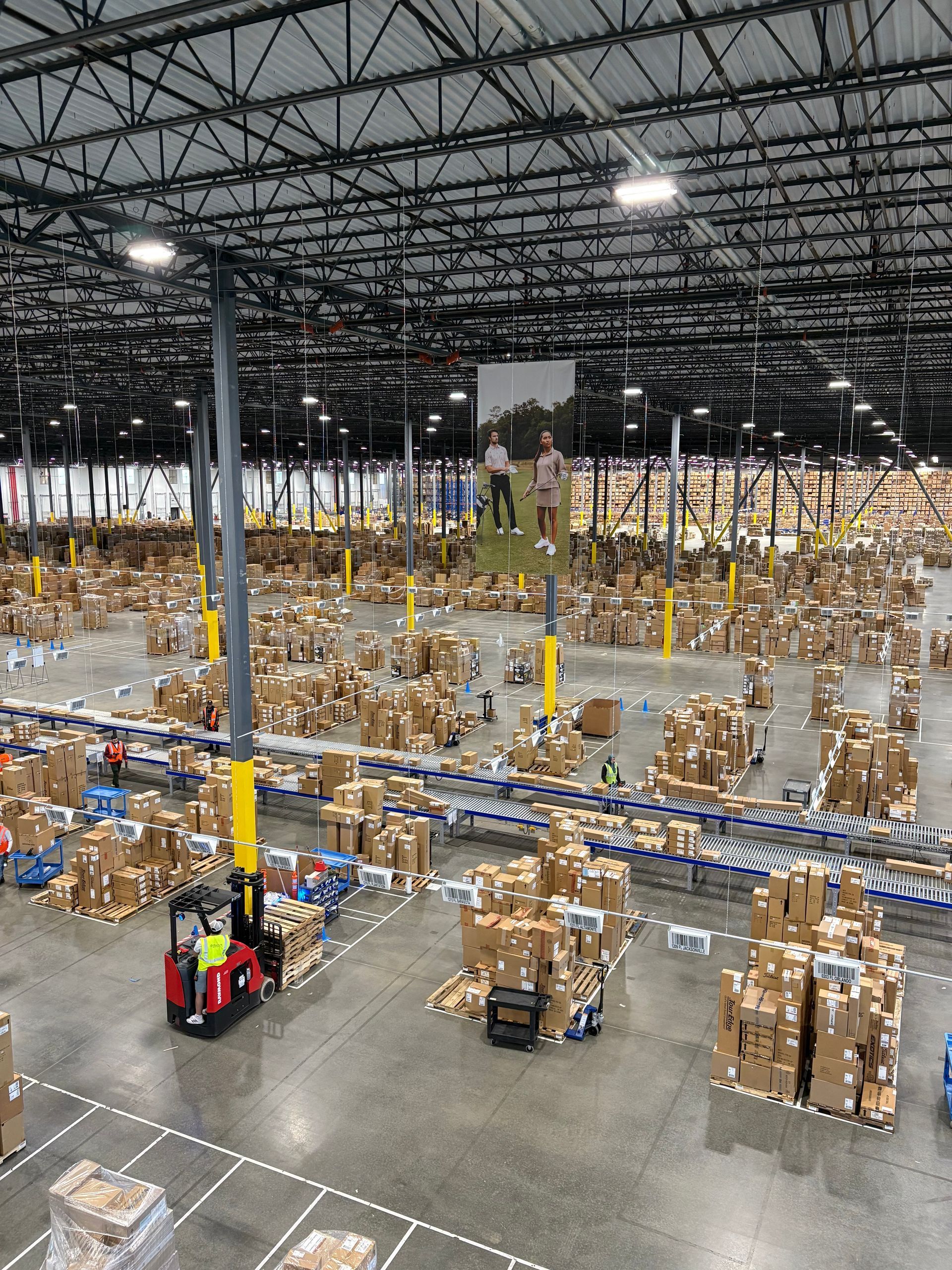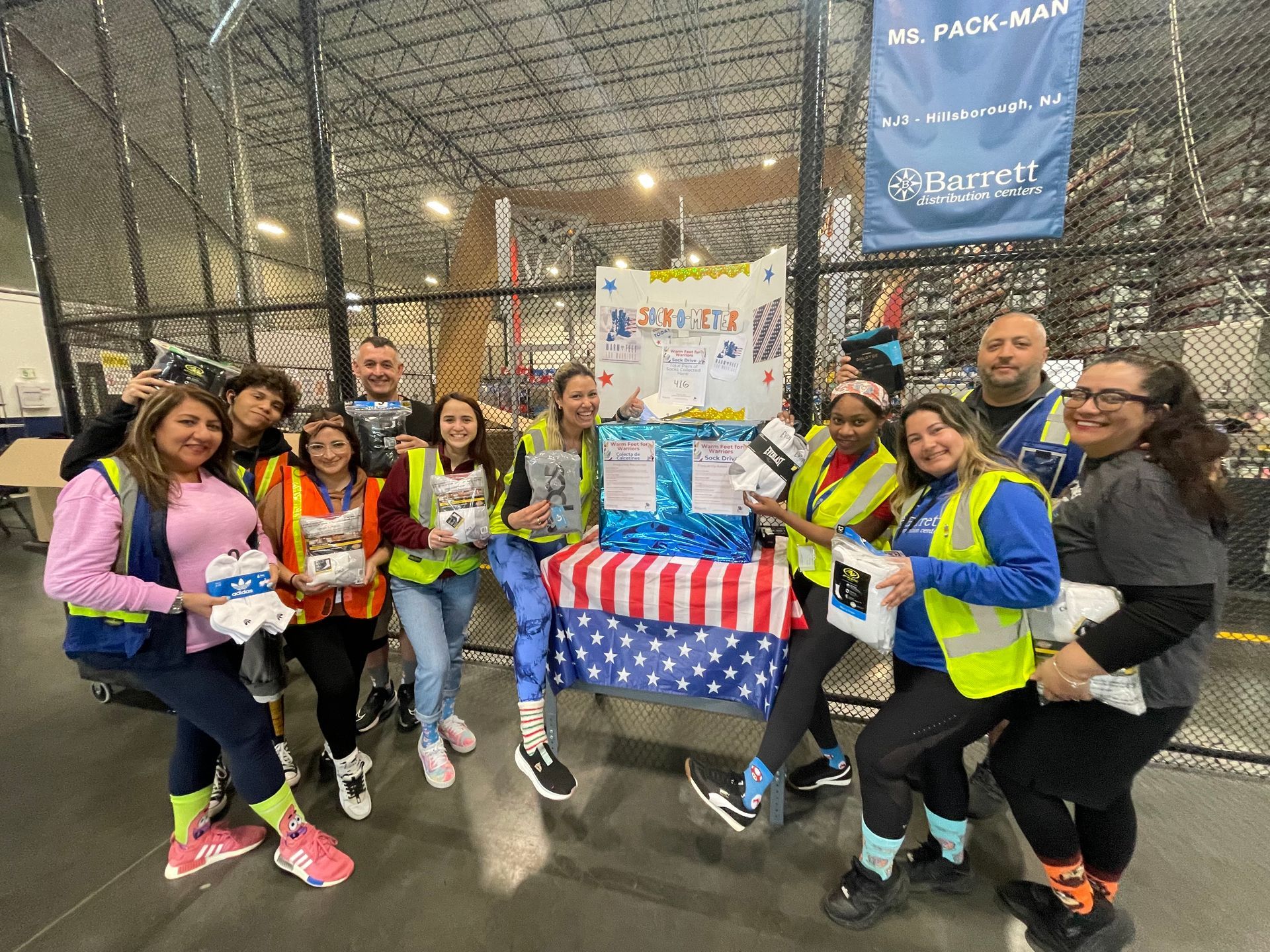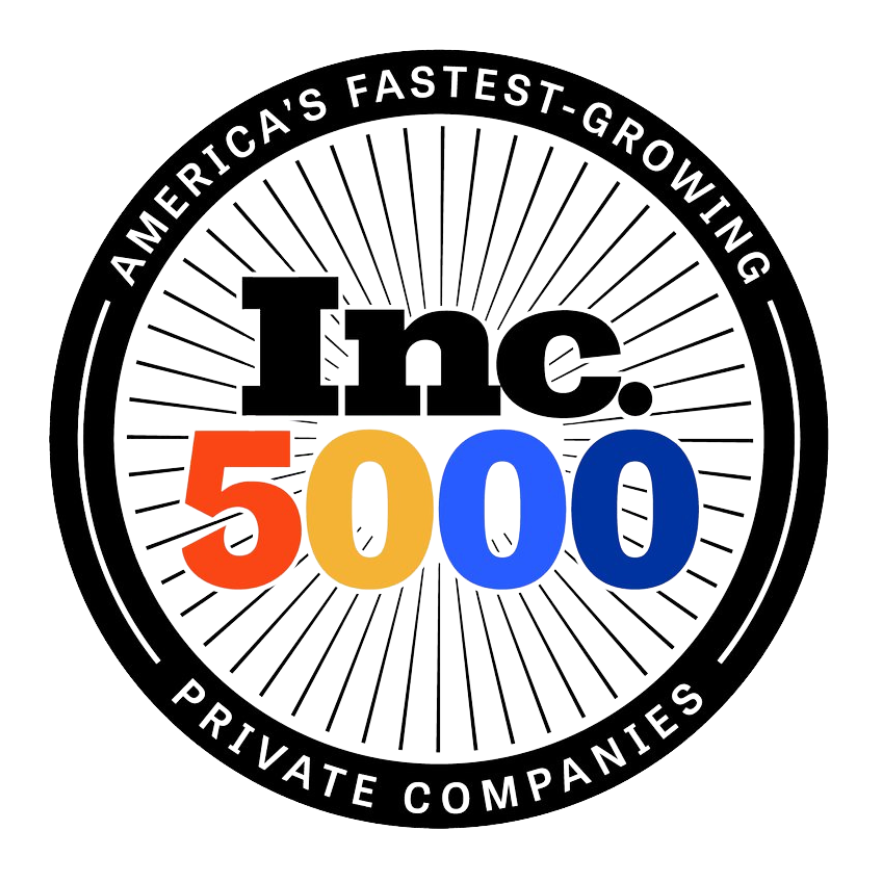Number One Reason Why Trade Shows Matter in the Logistics World
In the modern e-commerce world where smart phones and tablets enable the end consumer to order anything from anywhere, at anytime, fulfillment and logistics companies are all forced to adapt to the ever-increasing demand of the consumer. The “instant gratification” revolution taking place today is affecting every sector of the supply chain. This revolution is certainly not biased, as it places escalating pressure on manufacturers, retailers, distribution centers, and logistics companies alike.
As technology improves and streamlined processes are continuously put in place, the consumer’s expectations will only become greater. Today, consumers are not only expecting next-day delivery as a preferred option, but are quickly demanding delivery on the same day. With this knowledge in hand, how can retailers, manufacturers, and logistics companies adapt to become more relevant and effective in this fast-paced world of change?
With the complex dimensions involved in supply chain relationships, taking a singular or siloed approach may seem to be the best method to embrace the changing landscape. However, not everything can or should be done alone. In the logistics world, our success is dependent upon the development of different relationships with outside partners. At Barrett Distribution Centers, our current relationships with our retailers and manufacturers come first. Our mission is to create a high level of service and satisfaction with our partners, and our success is contingent upon the health of these relationships.
What is the best way to establish relationships? Nearly any and every resource created on the topic of building relationships will discuss the importance of establishing a connection in person Despite the explosive growth of social networking, there is still nothing that can replace the power of networking in person.
In less than two weeks, the Outdoor Retailer Summer Market will take place in Salt Lake City. Last year, members of the Barrett Distribution Management staff attended the event and found it to be an all-around invaluable resource in discovering the latest trends in the outdoor retail world. Whether it’s discovering brand new industry developments or participating in product demonstrations, attendees can unearth everything fresh in the outdoor retail world for a few days in Salt Lake City.
The Outdoor Retailer Summer Event is also a great place to speak one on one with various manufacturers and retailers in the outdoor industry. With many industry experts and thought leaders concentrated in once place, the venue provides a valuable forum for relevant conversations in person. With the growth in technology, it is possible to have many of these discussions online or over the phone. However, we do still believe that nothing builds trust in a relationship like meeting personally with a partner.
For Barrett Distribution Centers, our expertise in the outdoor and apparel industries makes this a special event for us. With our ability to establish separate order processing and management locations for retail and web orders and improve forecasting capabilities; the Outdoor Retailer Sports Show is the ideal venue for us to showcase our 3PL services. Just as important, we are able to discover the latest strategy and offerings by current and prospective partners in attendance. By meeting in person at the event, we can develop a deeper understanding of the goals and initiatives of other companies and partners. Events like this one are certainly hard to measure in value. However, building trustworthy and solid relationships are a critical factor in the logistics world, and there is no better way to solidify these potential or current relationships than through a handshake and a smile.
A trusted relationship between retailers, manufacturers, fulfillment centers, and logistic companies is vital to the success of the entire supply chain process. There will always be issues and challenges that arise in any business relationship. In the supply-chain world, disruptions can occur unexpectedly. The best weapon of defense for these disruptions is the relationship your company has built with your service partners. Relationships inside of the supply chain built on trust and confidence are the ones that will make it through any possible adaptation or unplanned change in business. And, it is the events like the Outdoor Summer Retailer Program that give birth to these relationships.
With an open-air demo day, dozens of seminars and events, the largest gathering of outdoor retailers and manufacturers, Outdoor Retail Summer Market 2013 promises to be another event to have marked on your calendar. Barrett Distribution Centers will be in attendance and can’t wait to see you in beautiful Salt Lake City. We’ll be at booth #PV722 , so please drop by to introduce yourself. If you are interested in connecting with one of our team members in attendance.
Recent Blog Posts
